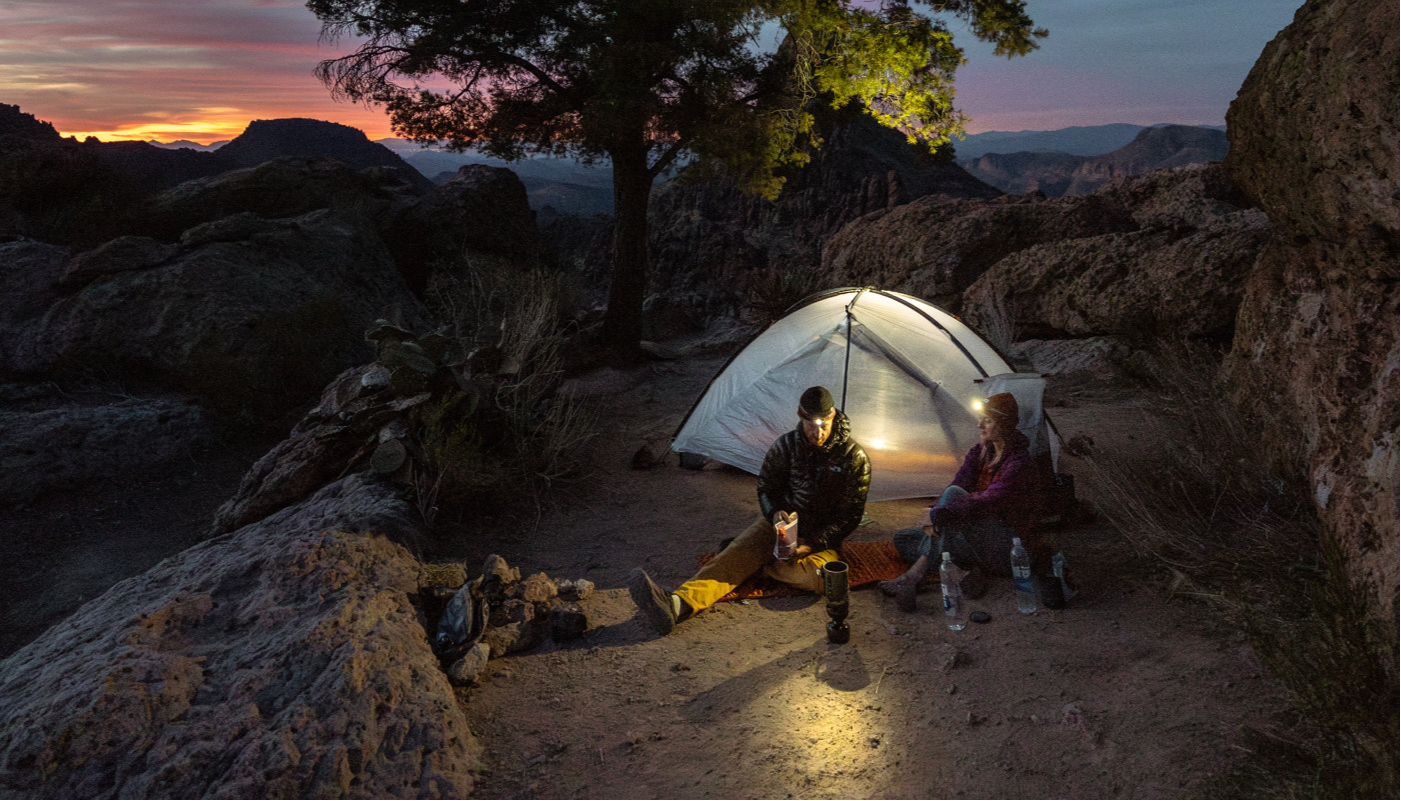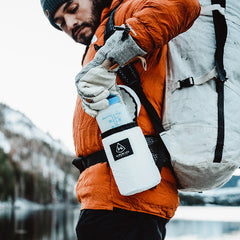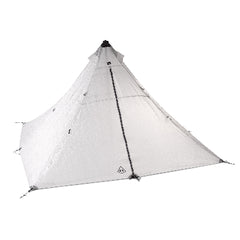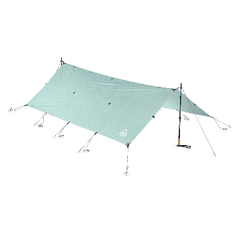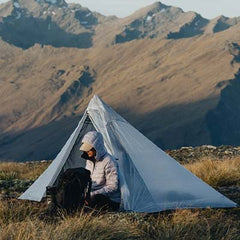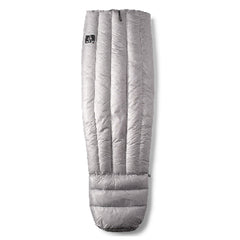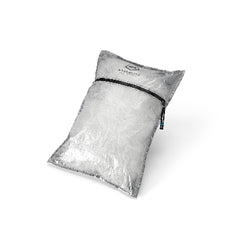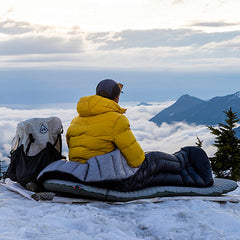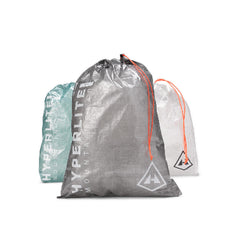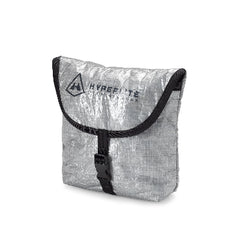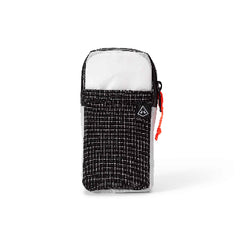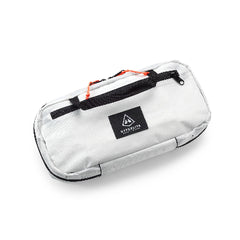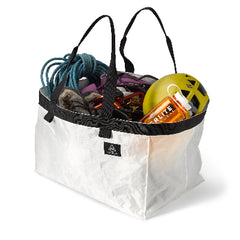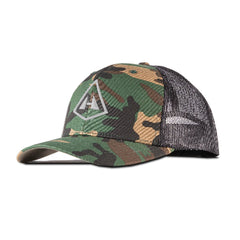Philip Werner never wanted to be a thru hiker. While he respects thru hikers and their achievement(s), he prefers to hike his own hike, which, to him, means hiking and backpacking both on and off-trail on journeys of his own design. People often equate hiking and backpacking with thru hiking. However, the vast majority of hikers and backpackers don’t hike on National Scenic Trails. Werner estimates there are probably 10,000 or more non-thru hikers for every Appalachian Trail and Pacific Crest Trail thru hiker. We recently chatted with this influential hiking blogger and owner of SectionHiker.com about what “hike your own hike” means to him.
Hiking new routes, to new places and in new ways. My favorite mountain is the mountain I have yet to climb. To find new routes, I look at maps a lot and work off trail lists and peak lists. For off-trail routes, I mainly use caltopo.com to plan my bushwhacks and a map and compass to hike the routes. I really enjoy planning unique trips to places I want to visit. I can’t think of a time where I’ve used someone else’s route on a trip on purpose.
What are some of the “new ways” you have hiked over the years?
Winter backpacking, mountaineering, bushwhacking, peak bagging, waterfall climbing, day hiking and nature viewing. There are lots of styles of hiking and combinations of these styles.
Plus, I’m constantly learning new backcountry skills and folding them into my adventures, adding endless new facets to my experiences. I’ve incorporated backcountry (cross-country) skiing, Tenkara fly fishing and traditional Flycasting with a reel into my adventures lately. This summer, for example, I’m doing a series of backpacking trips to remote alpine ponds in New Hampshire and Maine to fly fish from a packraft. That’s just one example of a trip that includes numerous activities—backpacking, fly fishing and packrafting. And this coming winter I plan to combine winter backpacking and backcountry skiing on some trips into the Pemigewasset Wilderness.
What is one of the most important skills you’ve added to you repertoire that made a big difference in your hiking achievements?
Getting good at reading landforms, map and compass navigation. When I was hiking the Trailwrights 72, I needed to hike some off-trail 4000 footers in New Hampshire. I had no idea what I was doing. So I taught myself how to use a map and compass by jumping in at the deep end. I now teach Wilderness Navigation for the Appalachian Mountain Club. Being able to combine on-trail and off-trail hiking in New Hampshire opens up a gazillion unconventional cross-country routes and has completely transformed the way I plan trips. If you want to experience the Wilderness, get off-trail.
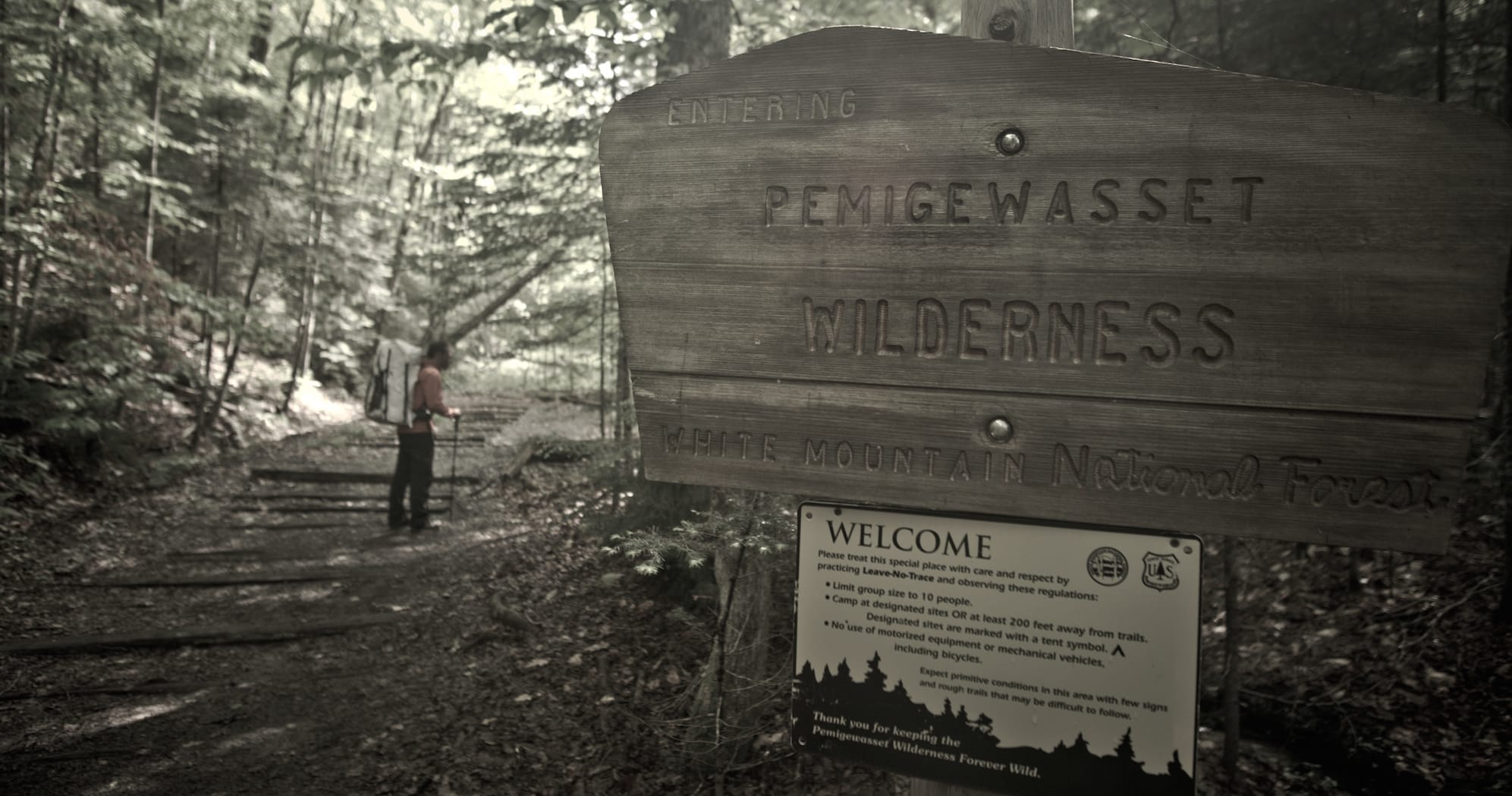
What mainly interests you about hiking?
I’m primarily interested in wilderness immersion, in appreciating the grandeur of the wilderness around me. Sometimes I seek solitude, but I also hike with small groups of friends too, and lead trips for the Appalachian Mountain Club or Meetup.com
What are your goals? Areas you plan to hike?
I’ve never been one to shirk from long-term goals that take years to achieve. Hiking all 608 hiking trails in the White Mountain National Forest, section hiking the AT, bushwhacking all of the trail-less 3000 footers in New Hampshire—big goals guarantee an endless variety of backcountry adventures as the years pass.
I especially enjoy the wild and technically challenging trails in New Hampshire and Maine. The Northeast has some of the best hiking in the United States. All of the USA’s backpacking, hiking and trail building techniques were invented here. There’s no other place I’d rather hike. And I really like the intimacy of getting to know a region very well. For example, when I go on vacation, I’d rather stay in the same foreign village for a month rather than touring an entire country and spending one to two days at each tourist hot spot.
What are your biggest achievements?
My biggest achievement to date was backpacking Scotland twice in the The Great Outdoors (aka “TGO”) challenge. The big goal there was planning off-trail, cross-country routes since there’s no “trail” from one side of the country to another. I’ve also hiked the White Mountain 4000 footers, the White Mountain 4000 footers in calendar winter, and the Trailwrights 72, an even harder list of White Mountain Peaks. So far, I’ve hiked over 1100 miles of the 1440 miles of trails in the White Mountain national forest, the entire Long Trail in Vermont, and 1500 miles of the AT.
So what does it really mean to “hike your own hike”?
For me, it’s self-definition, self-reliance, self-amusement and resiliency; those are the personal qualities I embrace. I like walking to a lot of remote places you can only get to on foot. I guess that’s what makes me a hiker. And while I stumble occasionally, I always bounce back smarter for it with renewed vigor and drive. Being a maverick suits me. Life is too short to follow others. Hike your own hike.

The post HIKE YOUR OWN HIKE: Q&A WITH PHILIP WERNER appeared first on Hyperlite Mountain Gear Blog.
